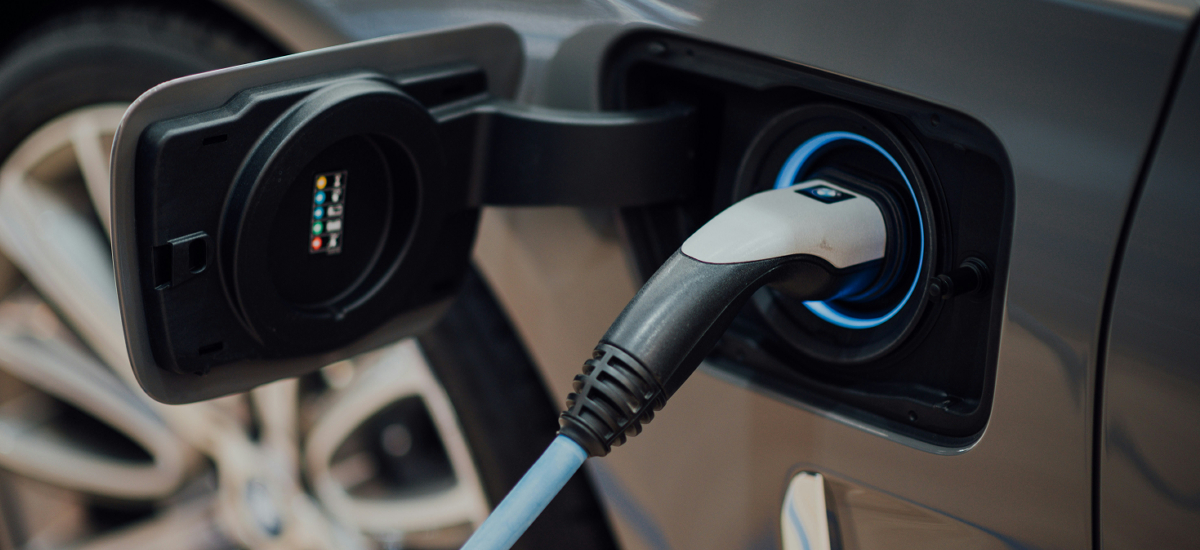
 Your Credit Estimate
Your Credit Estimate
 Your Credit
Your Credit
Your zip code helps us provide you with the most accurate vehicle pricing and vehicle availability.
We estimate your credit score to give you an idea of your monthly payments. To get an accurate payment amount, complete our credit application by clicking the Start Credit Application button below.
start credit application
Back in July 2023, there was some pretty big news for the auto industry. Insight professionals claim that the upsurge in battery-electric vehicles (BEVs) may not be as easily accepted by the consumer base as automakers may think. Sales numbers disagree, and to make BEVs more practical, seven of the world’s largest automakers banded together to push the envelope and create a nationwide fast-charging BEV network to add 30,000 chargers to North America, starting with the U.S. Called IONNA, the joint venture recently received approval from regulatory authorities and will officially commence operations.
With intentions to deploy 30,000 BEV chargers by this summer (2024), the approval couldn’t come any sooner. Many automakers have plans to release a BEV model lineup by 2030, such as Stellantis and Dare Forward 2030, the Hyundai Motor Group, Mercedes-Benz, and many others. These automakers are also involved in the joint venture, formed by BMW, General Motors, Honda, Hyundai, Kia, Mercedes-Benz, and Stellantis. The production number of 30,000 is a good start, but according to the National Renewable Energy Laboratory (NREL), the nation needs more like 182,000 DC fast chargers to meet the incoming demand.
Chrysler’s plans to change infrastructure to design automatic, wireless BEV charging roads don’t sound so crazy, now (Halcyon Concept, 2024). As it currently stands, there are 32,000 fast chargers in America, but that’s a far cry from the estimated 2.3 million electric vehicles set to hit the road by the end of the decade. It’s a huge undertaking, but IONNA will have to look into changing the infrastructure of cities and highways to make their charging stations more practical and accessible to consumers. Thankfully, the joint venture is already thinking about this.
The way BEV chargers are set up today, they’re either charging units set up in a parking lot, parking garage, or a site with nothing but charging stations. Finding these places with third-party apps can be helpful, but it’s not exactly a glamorous experience – especially when it can take 30 minutes for about 80-percent, and up to three hours for a full charge. Definitely not as quick as a stop at the nearest gas station to fuel up. IONNA wants to not only match gas stations and rest sites one would find on an interstate, but provide a best-in-class charging experience by providing various amenities, such as restrooms, food service, and retail operations, all in the vicinity of the complex.
Designed to meet the various designs for BEV connectors, such as those that follow the North American Charging Standard (NACS) or the Combined Charging System (CCS) design, any BEV consumer will be able to plug-in and recharge. Many automakers have already started making in-vehicle and in-app experiences to make finding an available charging station easier, such as intelligent route planning and navigation. The IONNA charging stations will be integrated with these automakers to provide network functions and services to consumers. The first of these charging stations is planned for deployment in the United States. Here’s hoping they won’t just be major metropolitan areas like Phoenix, Arizona or just about anywhere in California. We need them everywhere if BEVs are going to become more practical.
Looking forward to the IONNA BEV charging station expansion? You can keep up with news about IONNA and BEVs in the auto industry when you follow us on NowCar social media.